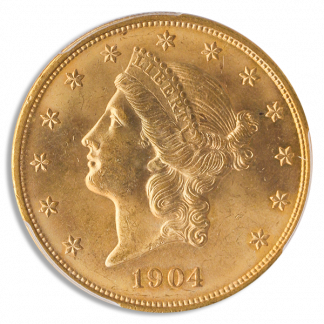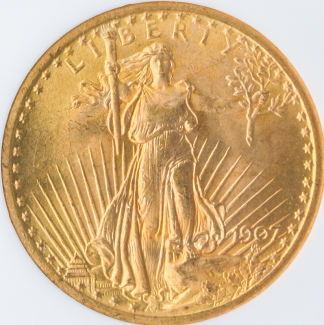1883-CC $20 Liberty PCGS AU58 CAC


.
Blanchard prides itself on sourcing the highest quality numismatics available anywhere. If there is a coin that you are searching for, contact us today. Learn more
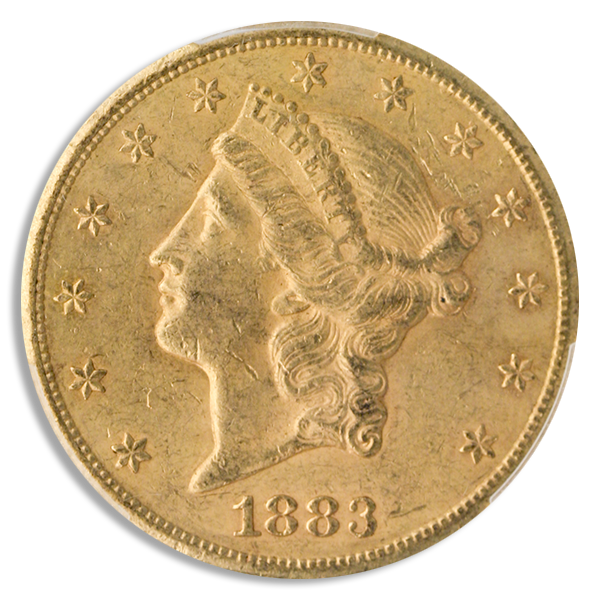


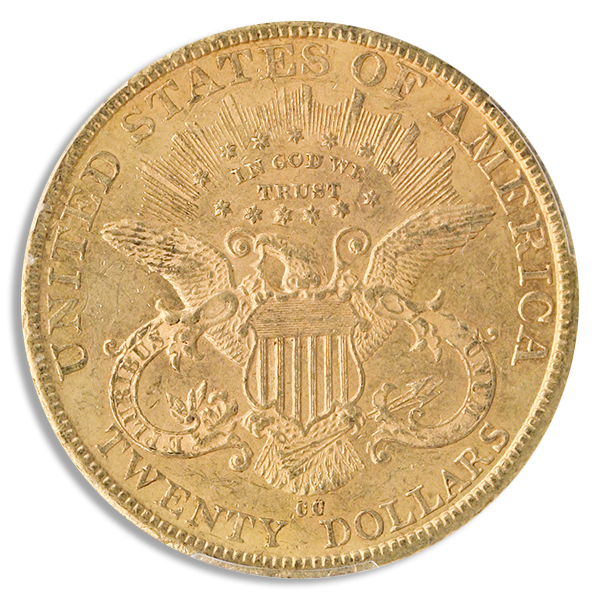

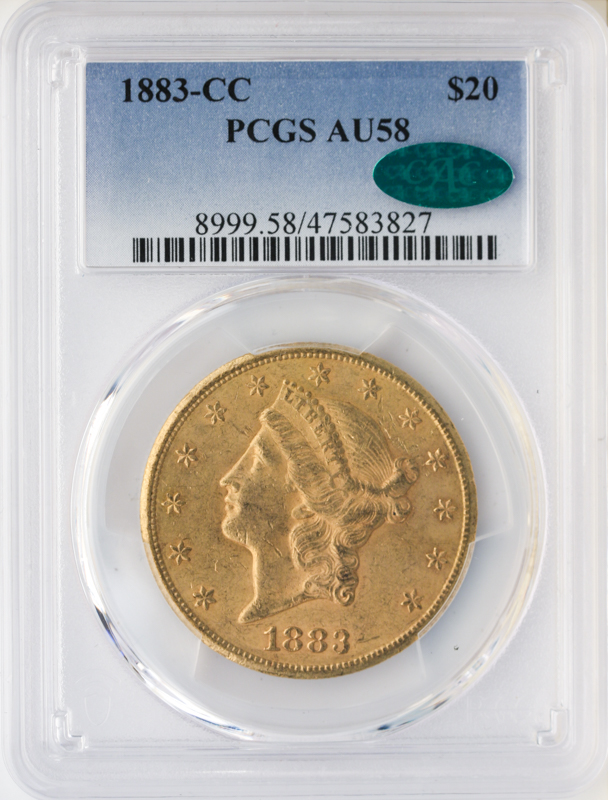

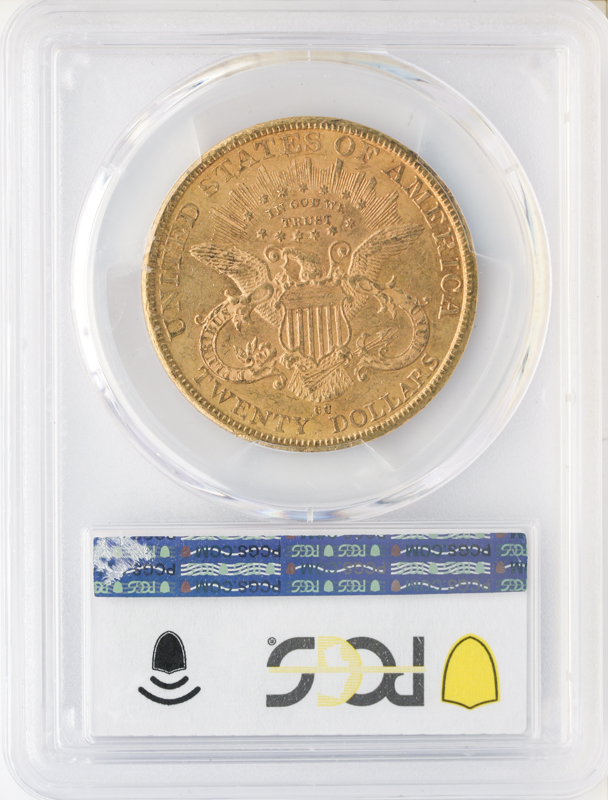

The introduction of the motto into our coinage was prompted by Reverend Mark R. Watkinson from Ridleyville, Pennsylvania. The profound religious sentiments stirred by the uncertainties and horrors of the Civil War among the populace motivated Rev. Watkinson to advocate for its inclusion. Secretary of the Treasury Salmon P. Chase concurred with this sentiment and, exercising discretion over coin inscriptions, Chase initially had the motto added to the 2-cent piece in 1864. Originally, the motto was intended to read as "In God Our Trust," but Chase's affiliation with his alma mater may have influenced the final wording. Secretary Chase was an alumnus of Brown University, whose motto, "IN DEO SPERAMUS," translates to "IN GOD WE HOPE." It is believed that Chase took this into consideration when determining the exact wording of the motto.
The Coin Act of March 3, 1865, conferred upon the Treasury the discretionary authority to incorporate the motto "on all coins able to accommodate it," referring to coins of sufficient size to accommodate the motto. The Mint interpreted this as encompassing all silver coins larger than a dime, half eagles, eagles, and double eagles. However, it was not until 1908 that Congress mandated the inclusion of the motto on gold and silver coins. In 1955, Congress passed legislation requiring the motto to be featured on all coins.
The demand for Type 2 Double Eagles primarily emanates from collectors who specialize in various coin types. While some collectors may acquire just a single example, many aim to secure specimens from each of the three Mints that produced this coin: Philadelphia, San Francisco, and Carson City. The pursuit of a complete date and mintmark set is a rare and expensive endeavor, and few take on this challenge. The scarcest issue for this Type is the 1870-CC, with an exceedingly low mintage of only 3,789 pieces. All 1870-CC Double Eagles are exceptionally rare and come with a hefty price tag. To underscore their rarity, between the two major grading services, PCGS and NGC, only 132 coins have ever received certification, and none have attained the status of being uncirculated. Additionally, neither service has designated any example with a grade higher than AU-55.
A LITTLE STICKER MAKES A BIG DIFFERENCE.
Within each number of the coin grading scale is a small range of condition from low-end to high-end. Certified coins of the same grade can be of varying quality. Many of today’s collectors want coins that are solid or premium quality for their assigned grade. CAC holds coins to a higher standard so you can be confident in the value of yours. We verify previously graded coins … and award our sticker only to those coins that meet the standard for today’s selective buyer.
WHAT THE CAC STICKER MEANS:
- Verified. Your coin has been verified as meeting the standard for strict quality within its grade.
- Guaranteed. CAC stands behind our verification.
THE CAC STICKER IS BACKED BY EXPERIENCE.
CAC was founded by leading members of the numismatic community, including John Albanese, a respected authority on coin grading and the rare coin market.



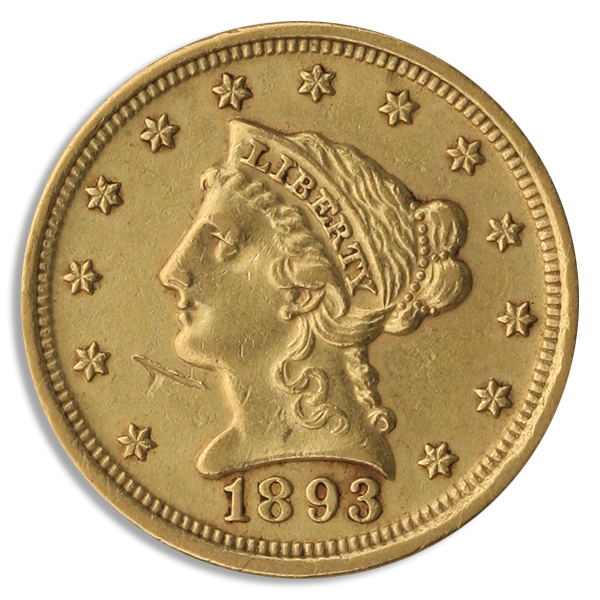
 Quick View
Quick View